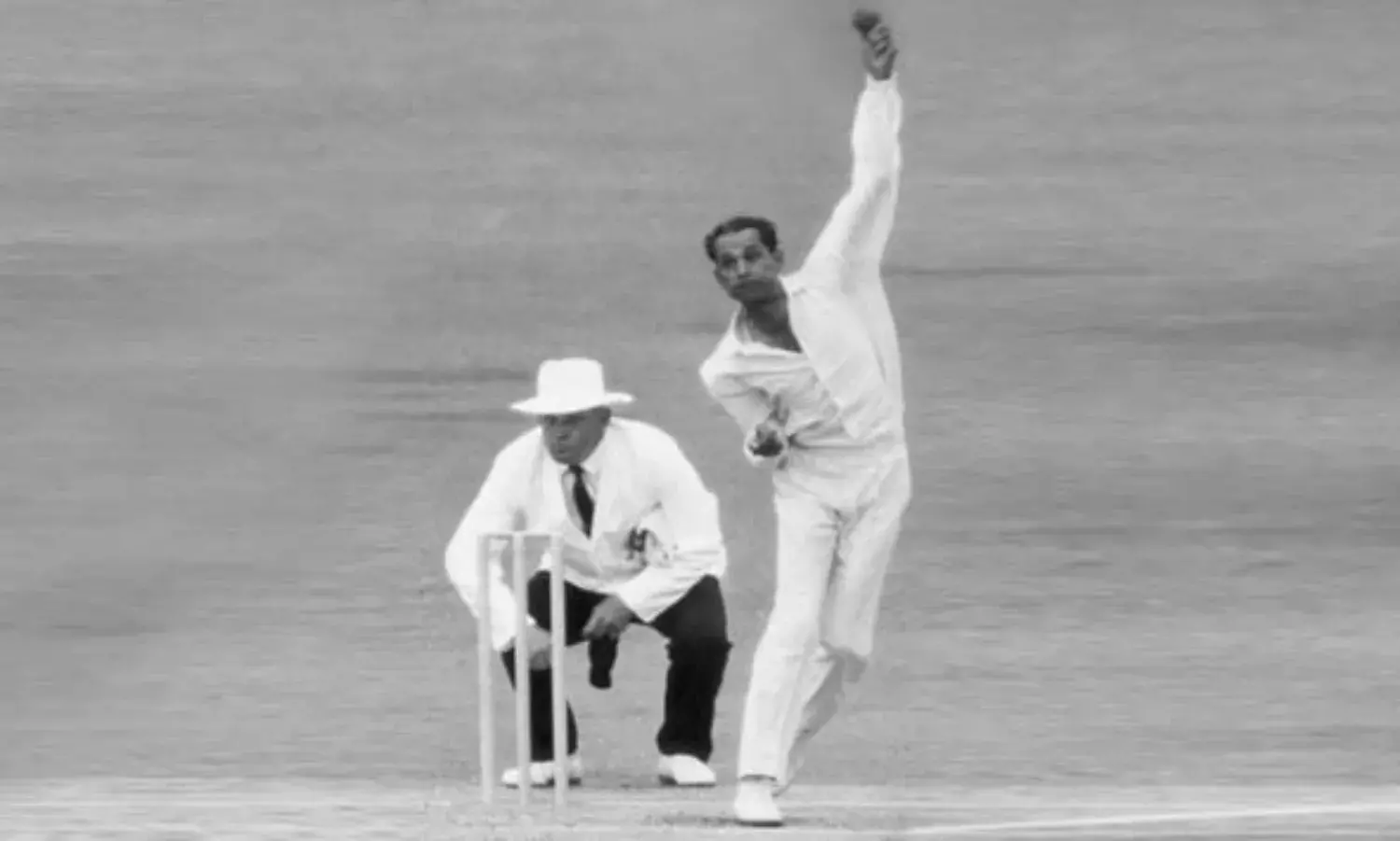When Nadkarni had the Mesmeric Figures of 32-27-5-0
Down Memory Lane
In 1961-62 India had defeated an England team bereft of some of their leading players 2-0 in a five-match contest to win a Test series against that country for the first time. Two years later another under strength England side visited India for a five-Test series and predictably enough India were installed as favourites. And over the first two days of the first Test at Madras (now Chennai) in January 1964 things moved along expected lines. India bolstered by centuries by Budhi Kunderan (192) and Vijay Manjrekar (108) scored 457 for seven declared and by stumps England at 63 for two were shakily placed.
Even as opener Boris Bolus and night watchman Don Wilson resumed on the third day news came through that two batting stalwarts Jim Parks and Micky Stewart were taken ill and would be unavailable to bat during the day. Already rattled by the loss of two early wickets England’s best option was not to lose too many wickets on the third day. If they could do that there was a good chance that both Parks and Stewart could recover in time to bat as the following day was the rest day.
The left handed Wilson however was a player with natural attacking instincts and he raced from two to 42 in about half an hour before being dismissed. England were now 116 for three and Ken Barrington joined Bolus with their objective clearly in mind. They would try their best not to get out. Runs didn’t matter in the least to the pair and they adopted ultra defensive tactics that bored the Sunday crowd who had come to witness a potentially exciting day’s cricket to death. By lunch the score was 149 for three.
It was between lunch and tea that both batsmen really exceeded limits. They just played every ball, good or bad, defensively. Nothing, neither the heat nor even the jeers and slow hand clapping by the spectators disturbed their concentration as they strove to keep their wickets intact. The situation was tailor-made for a bowler like RG Nadkarni. The left arm spinner was always the epitome of accuracy and batsmen facing him had two scoring options – nil and negligible. When he retired after his 41-Test career his career economy rate was 1.67 runs an over just marginally behind South Africa’s Trevor Goddard’s 1.64 among those with a minimum of 75 wickets.
With that sort of record and reputation the stage was set for Nadkarni to run up all sorts of records. He wheeled down over after over – and they lasted just over a minute each – for one maiden after another. Ultimately he sent down 21 consecutive maiden overs to set up the record for six ball overs in all first class cricket, let alone Tests. He also had a spell of 131 balls without conceding a run which has been beaten only by South African off spinner Hugh Tayfield who sent down 137 balls (16 eight ball maiden overs) against England at Durban seven years earlier.
Only 27 runs were scored in the two hours between lunch and tea and England went into the interval at 176 for three, Nadkarni being chiefly responsible for this niggardly scoring rate. The fourth wicket partnership which yielded 119 painful runs in just under five hours was broken only just before stumps when Bolus was leg before to Salim Durrani for 88. So the chief objective of the two batsmen was achieved. England ended the day at 235 for four with Barrington on 64. When play resumed after the rest day Parks and Stewart were fit enough to bat and England were all out for 317 midway through the fourth day. But the eyes of the statisticians and in fact every cricket follower were on Nadkarni’s figures which read an eye rubbing and mind boggling 32-27-5-0 the kind of which it can be safely assumed will never be bettered. The Test not unexpectedly meandered into a draw but not before Nadkarni again left his mark in the England second innings with typical figures of 6-4-6-2.





